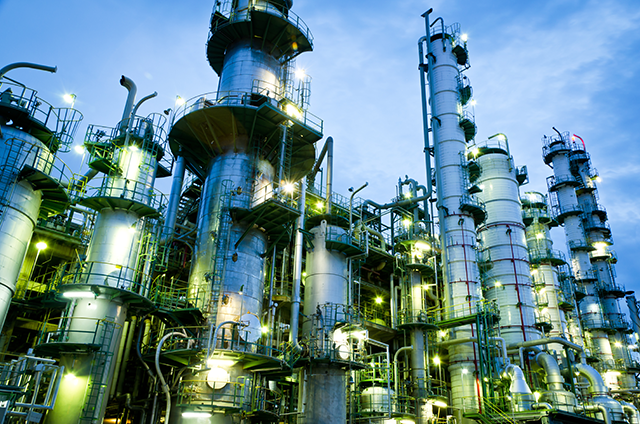Technology

- Name
- Axens Prime-D
- Owner
-
/ Axens SA - Brand
- Prime D™
- Process
- Hydroprocessing
- Type
- Hydrotreating
- Available
-

- #TE273
Description
Your insights will be shown here
Content provided by
| Transaction | Name | Date |
|---|---|---|
| Modified by |
|
11/18/2024 7:16 PM |
| Added by |
|
11/18/2024 1:27 PM |










